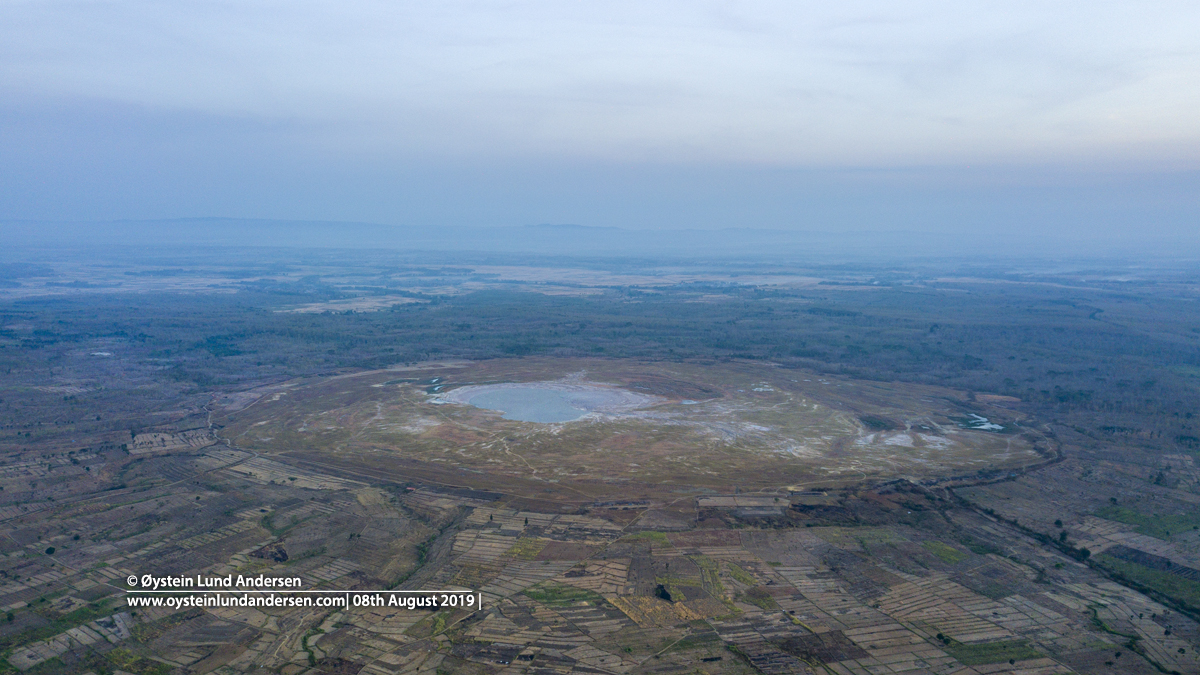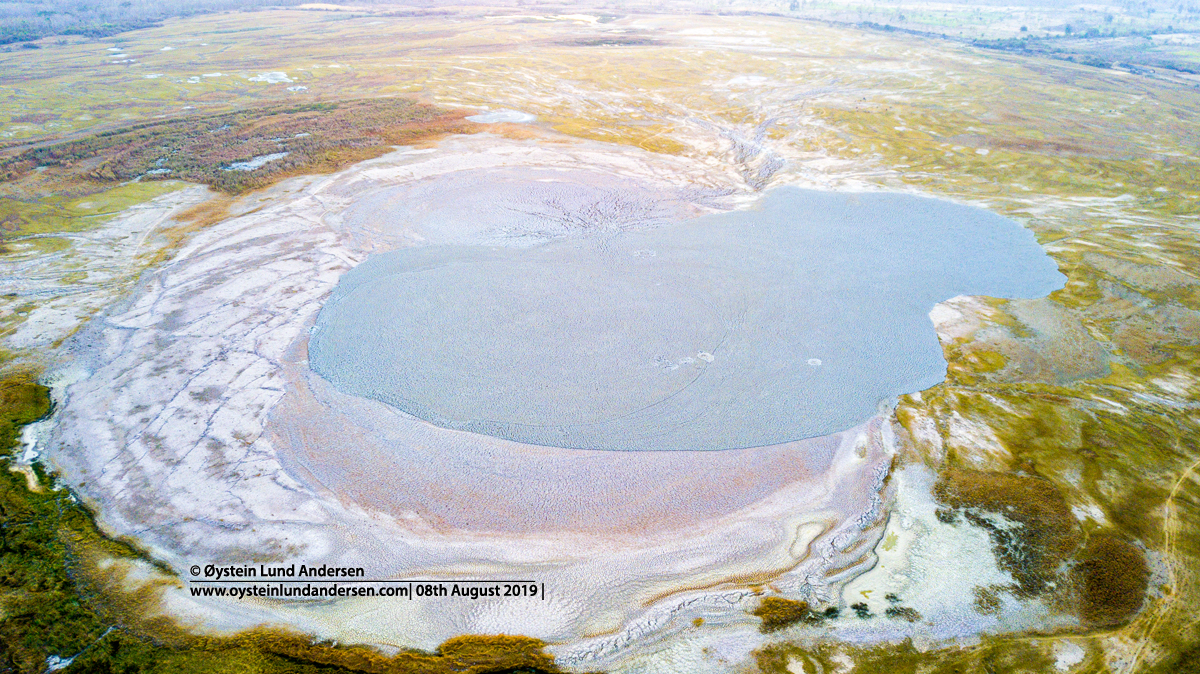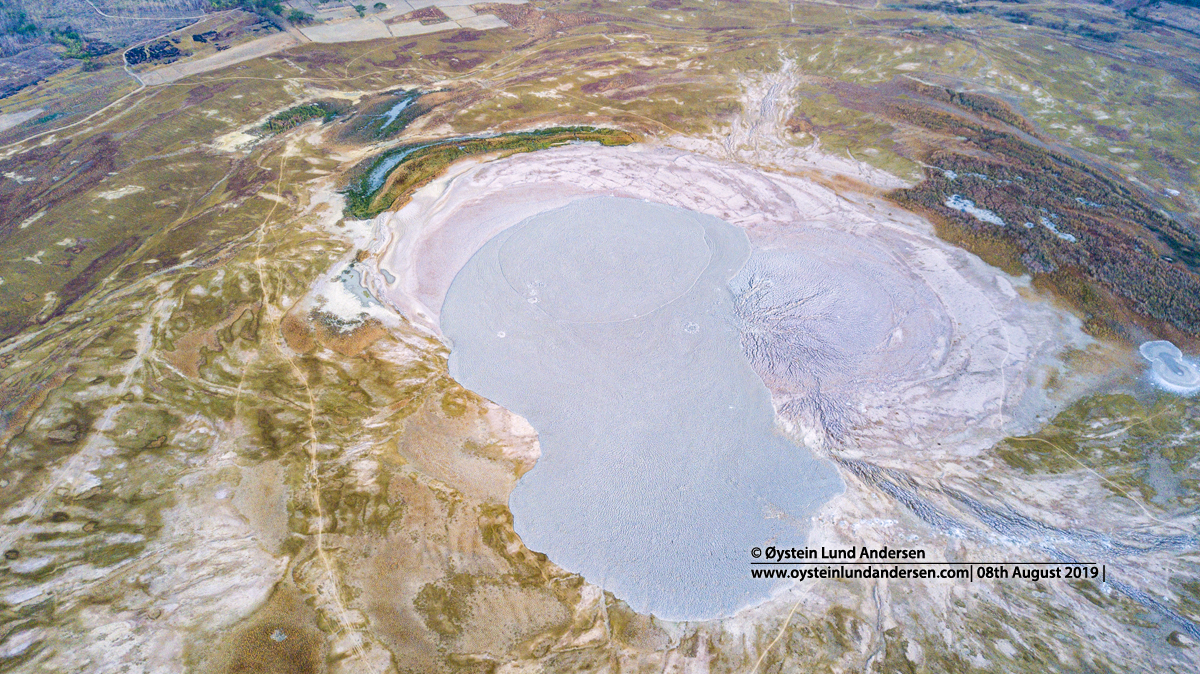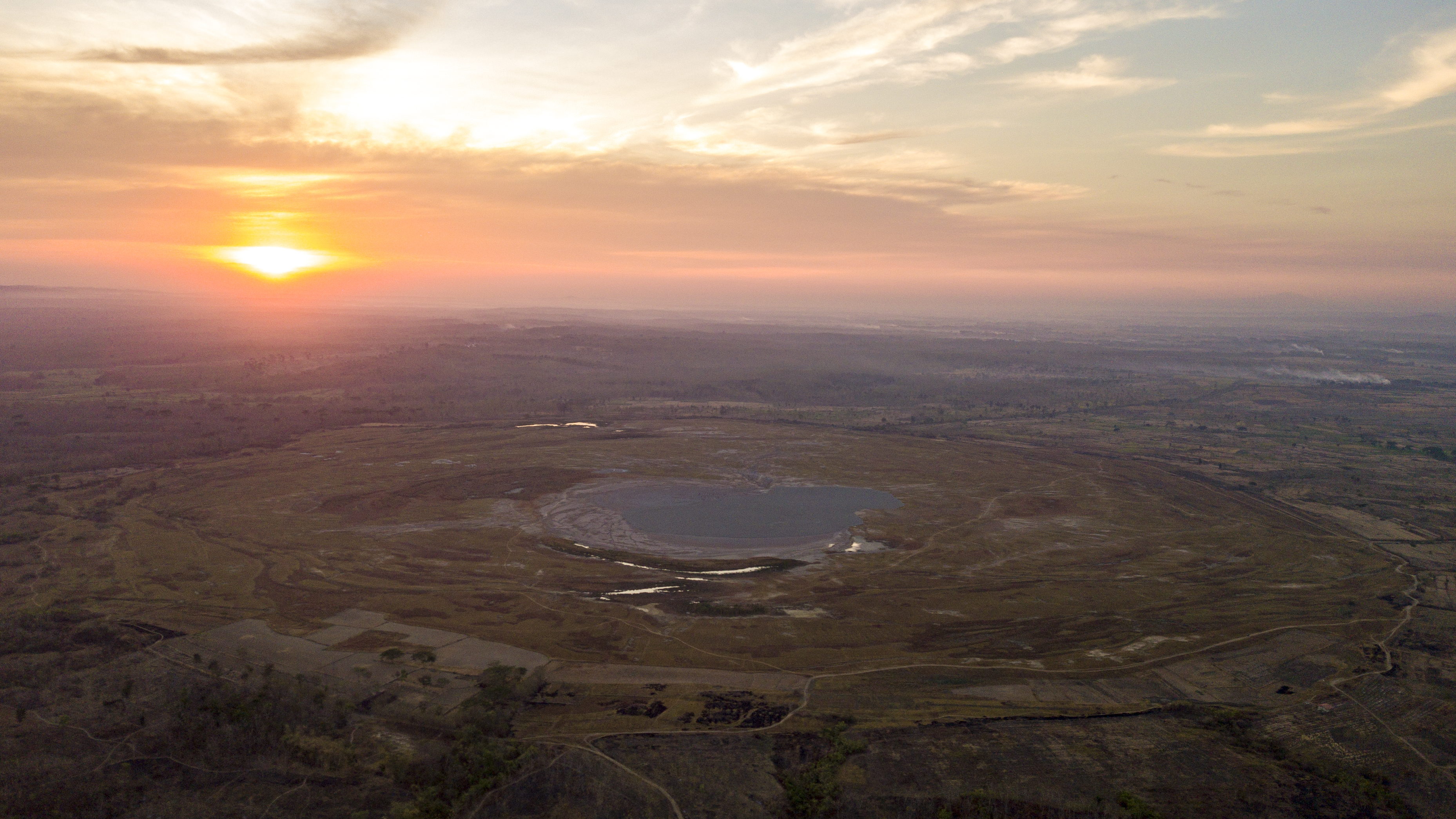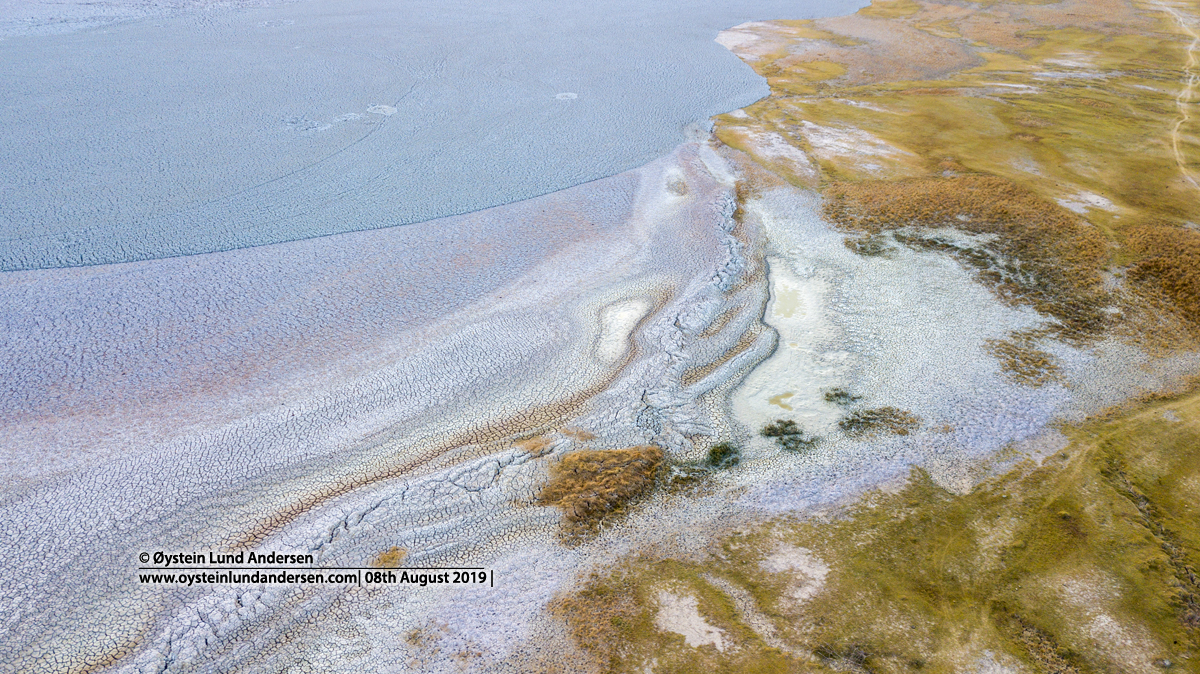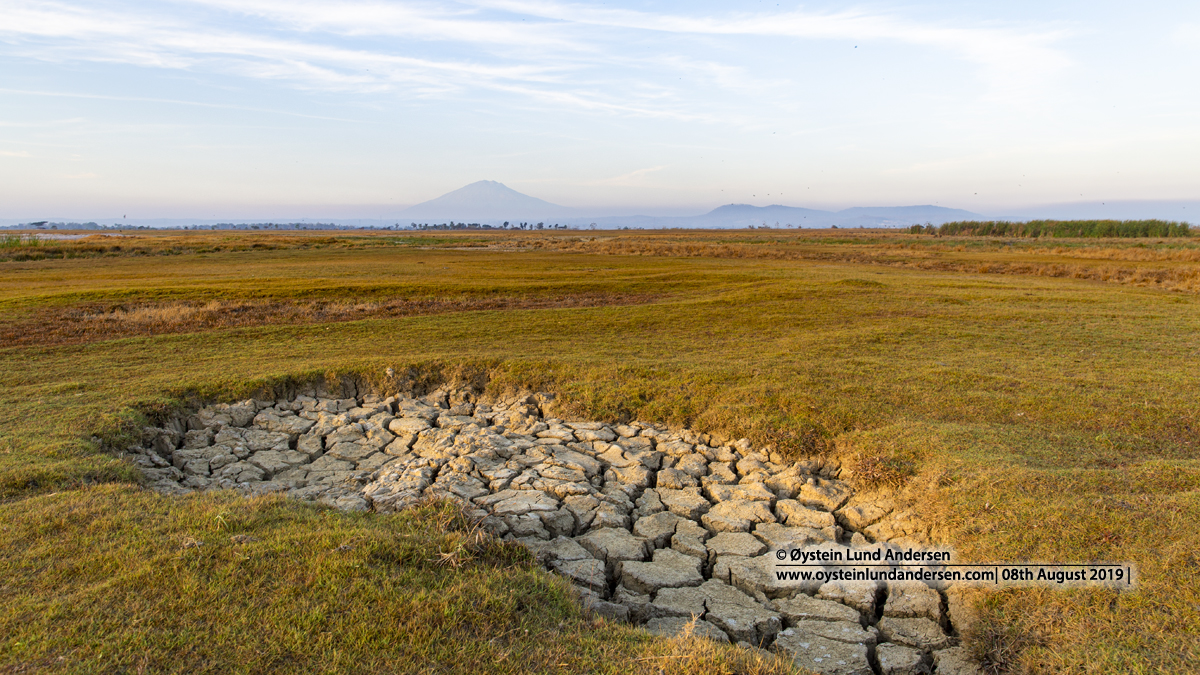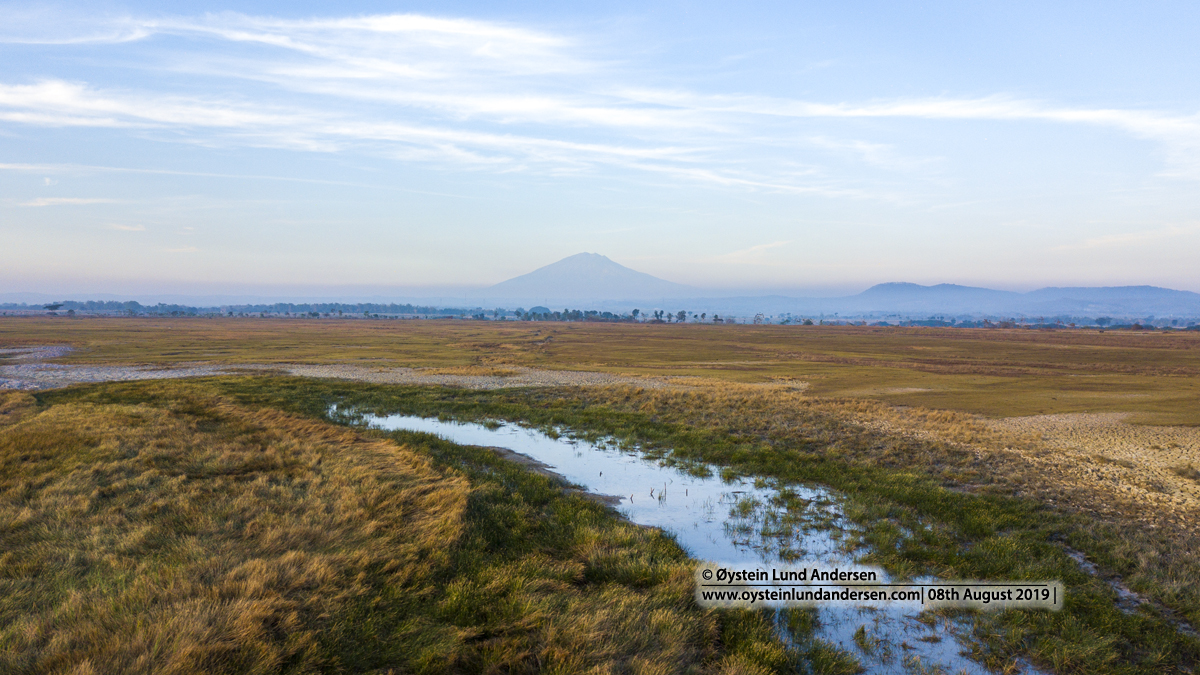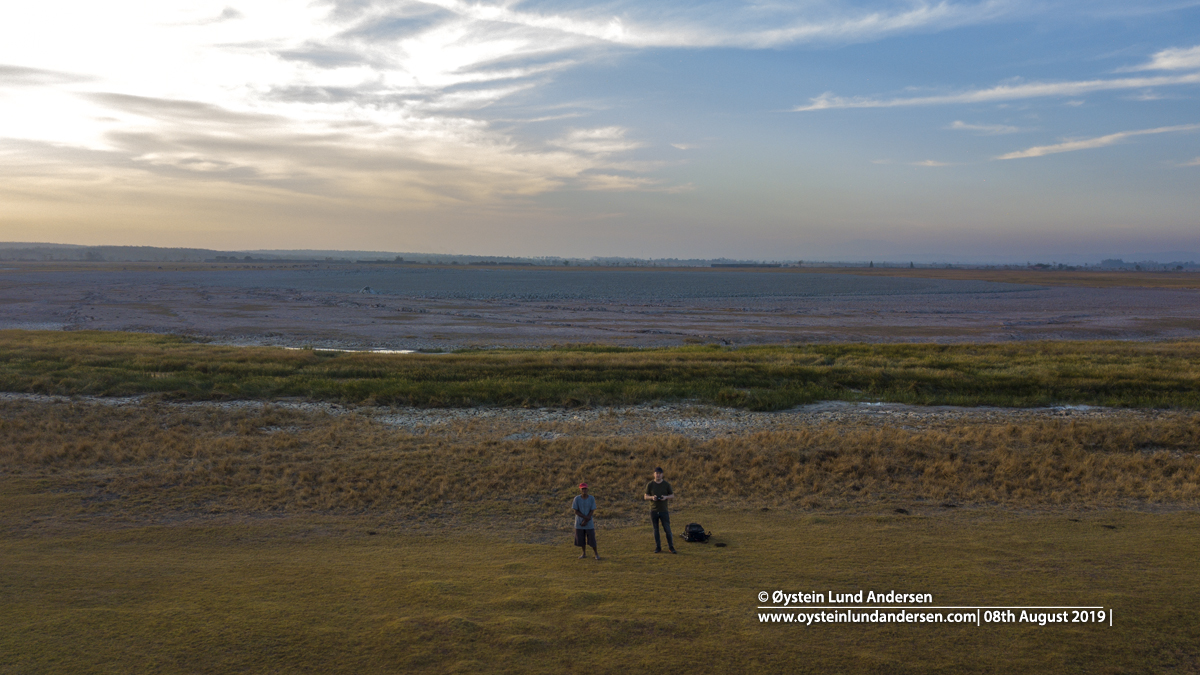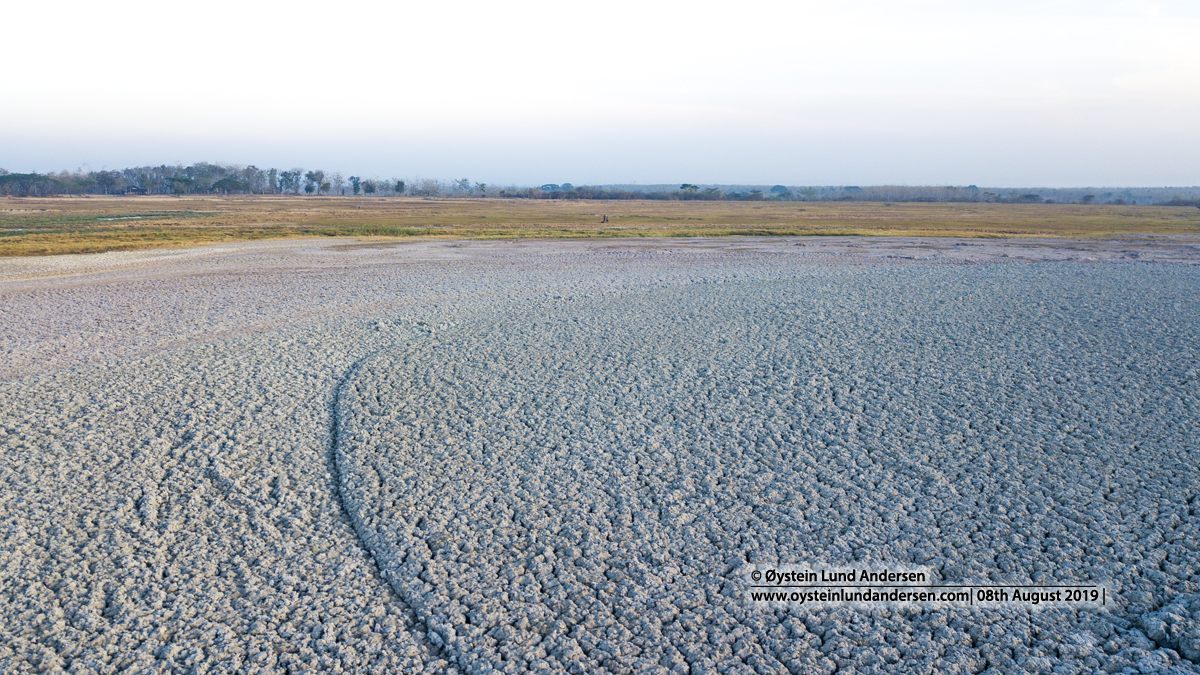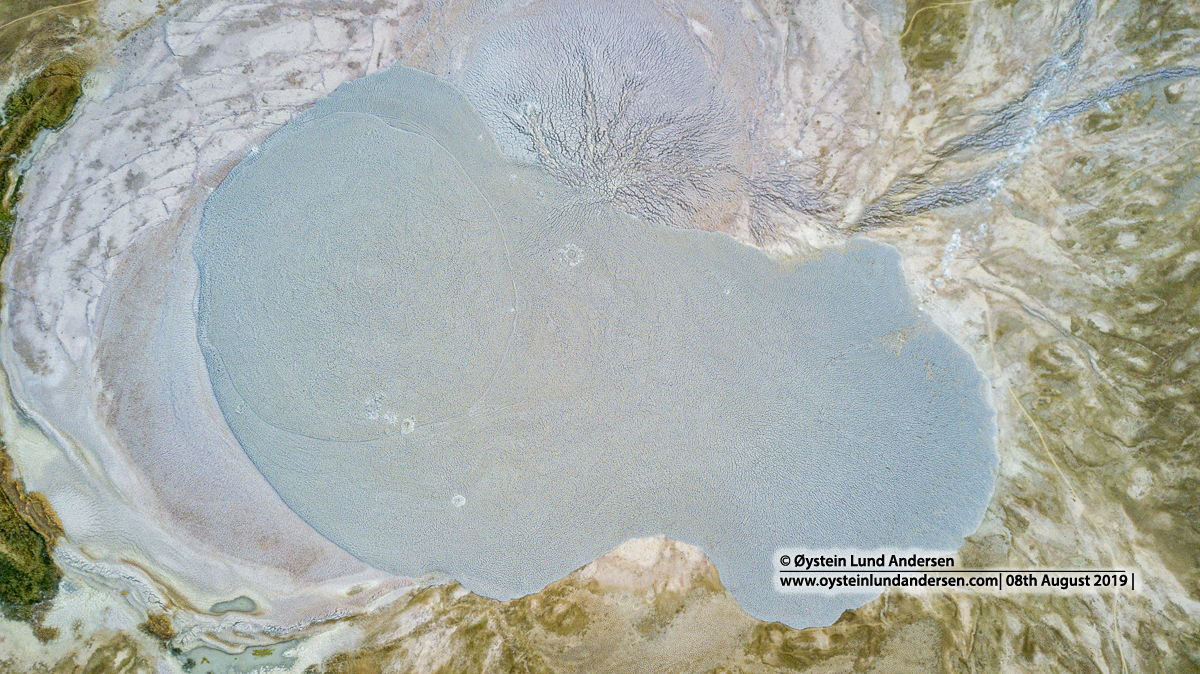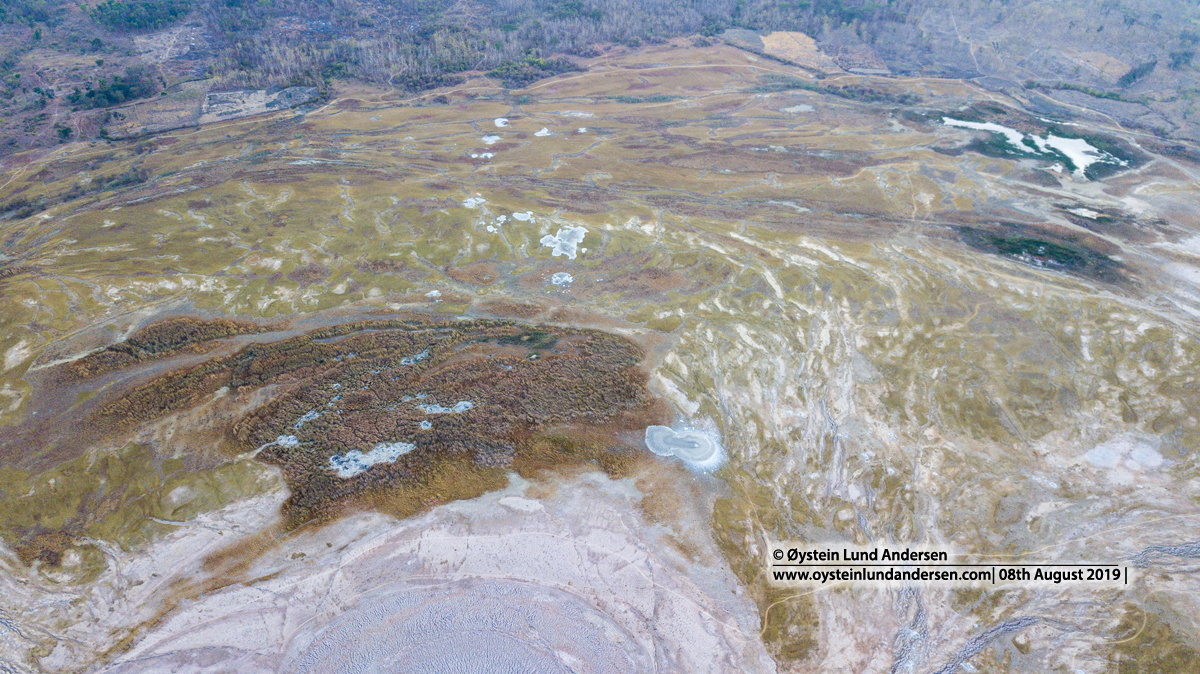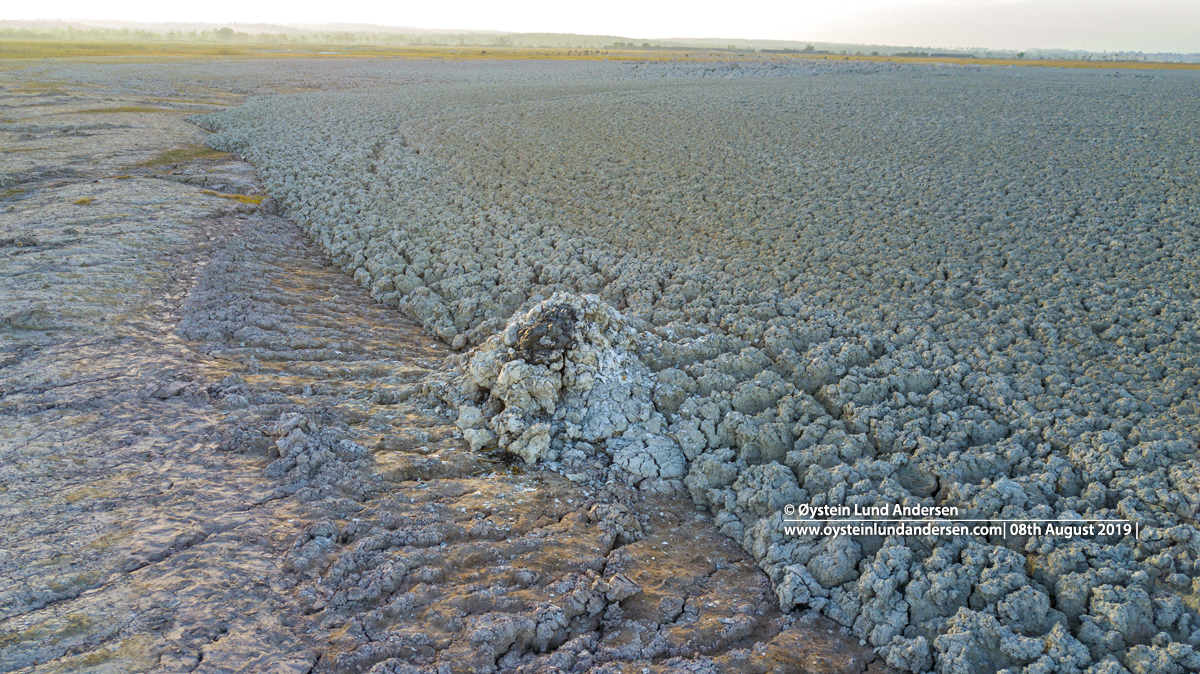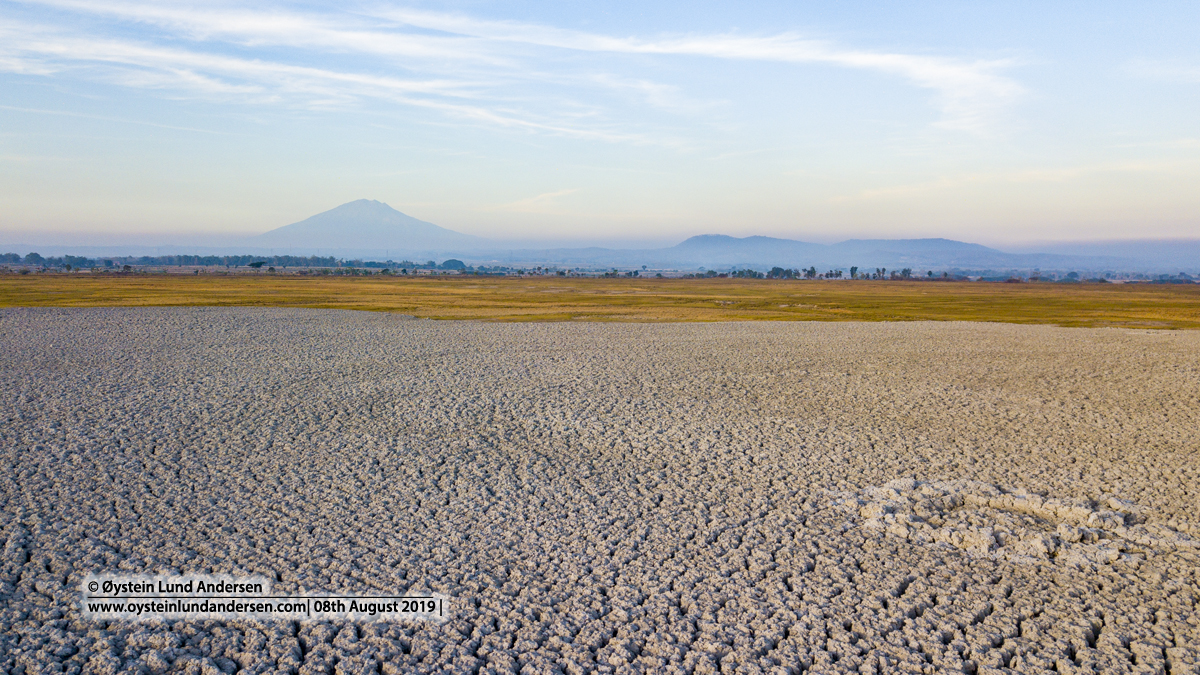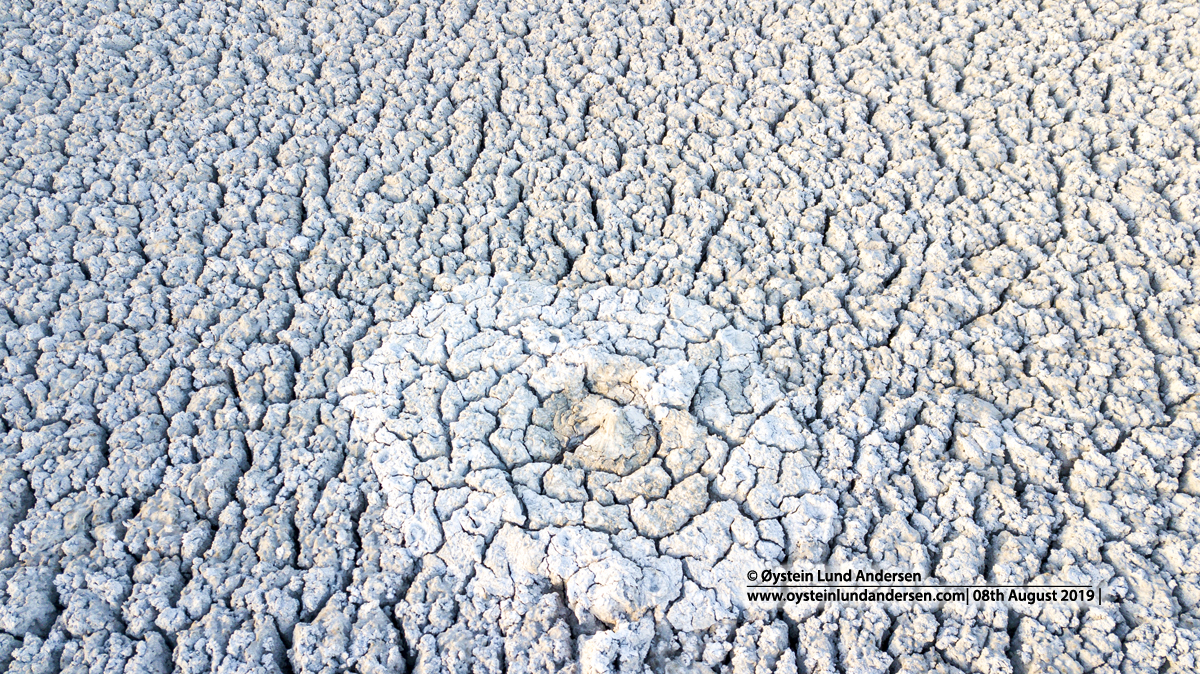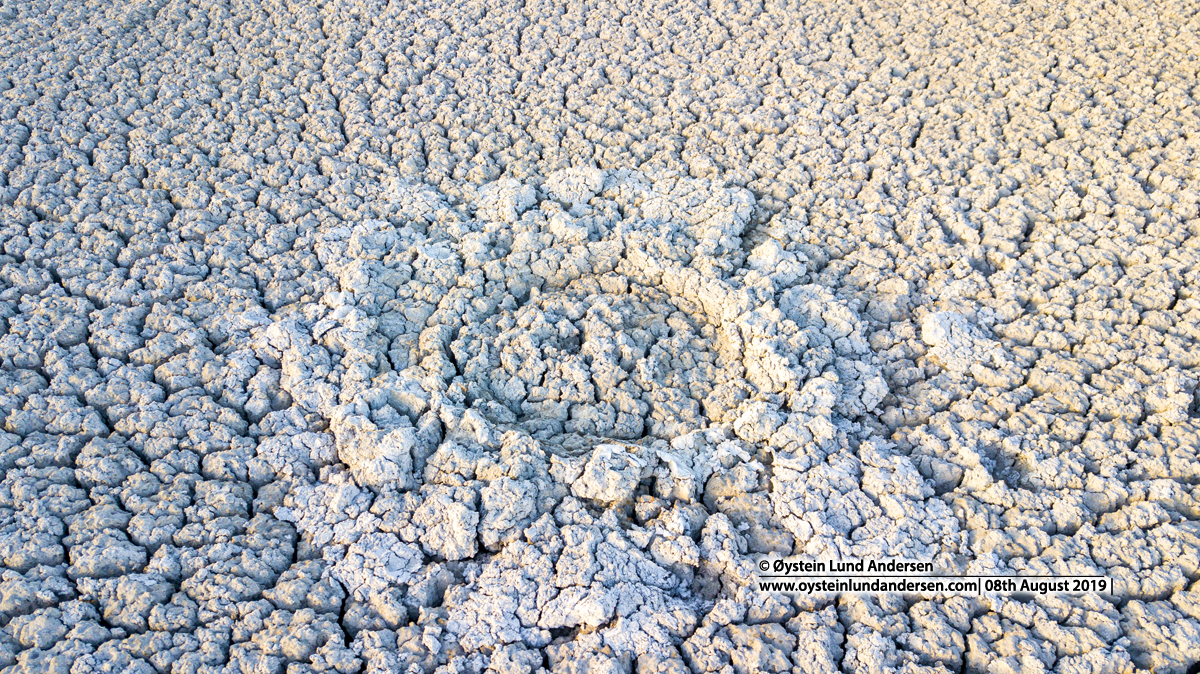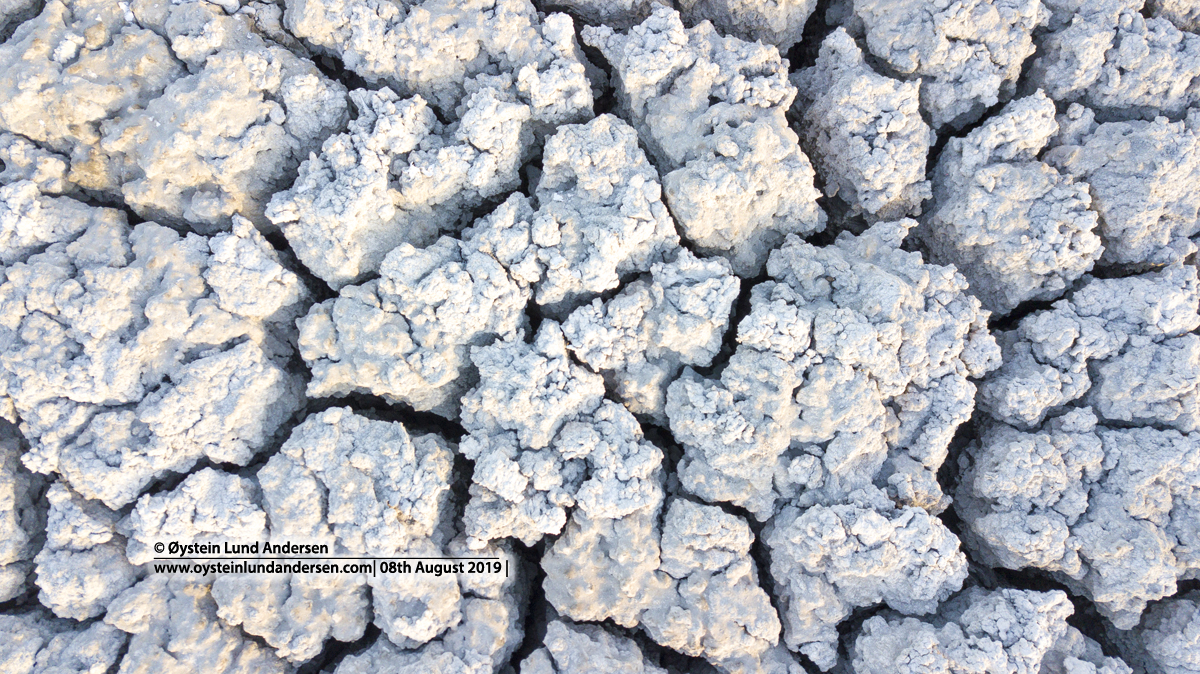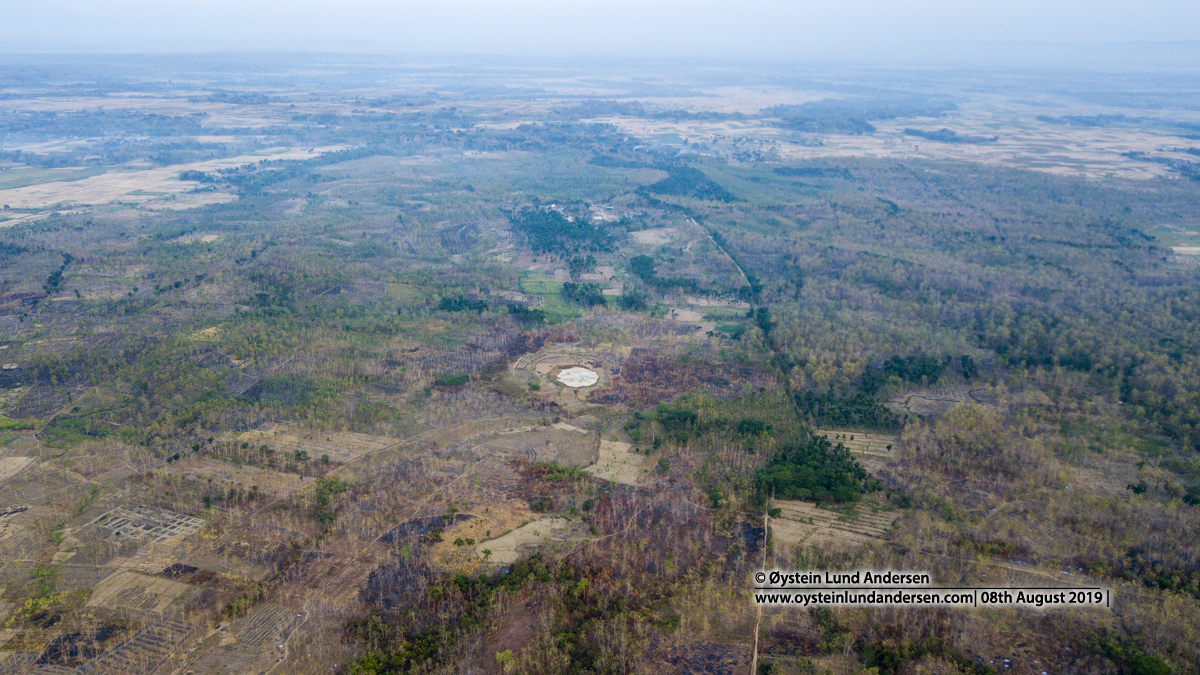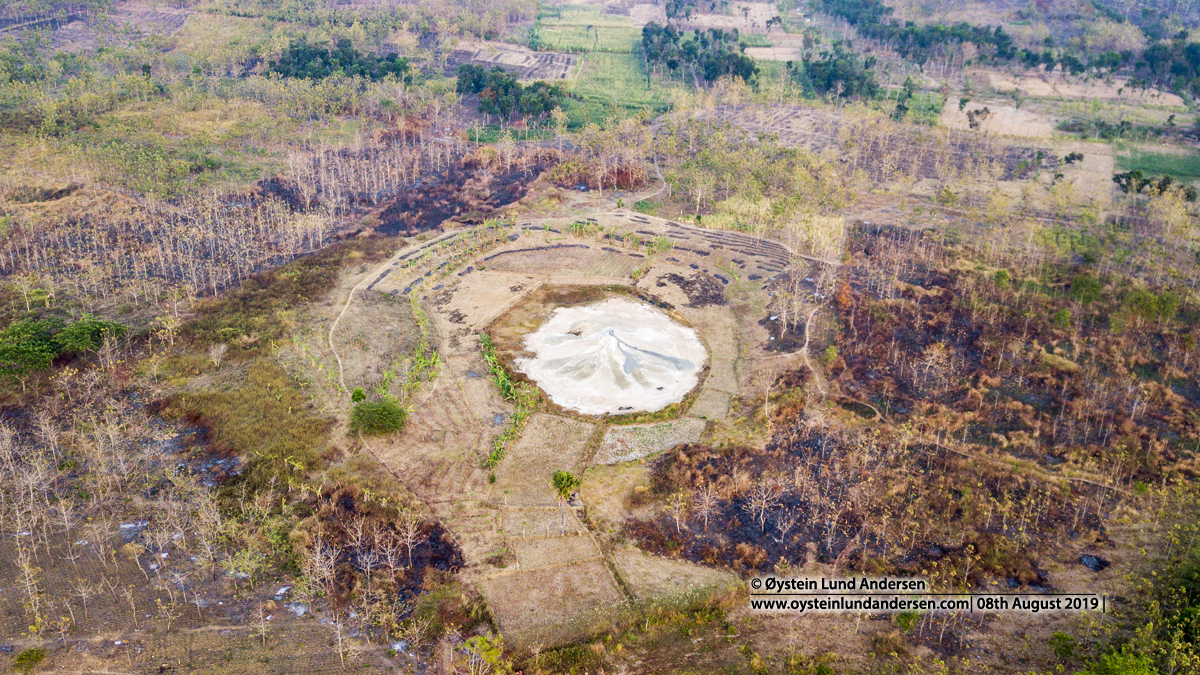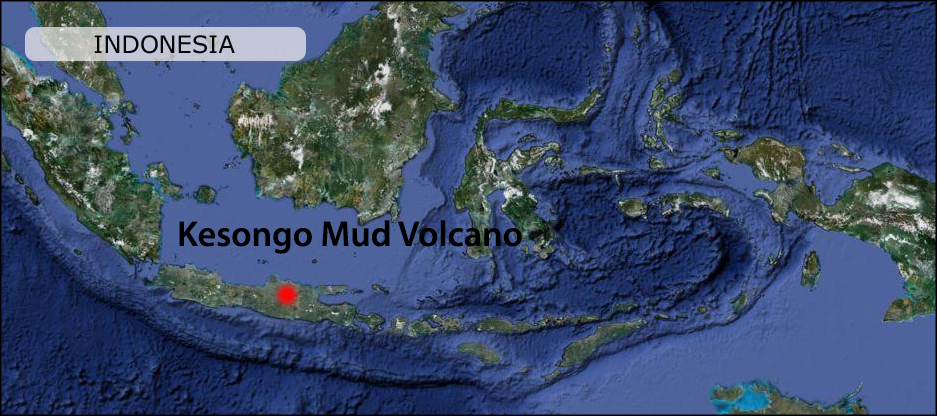
Published: 14th August 2019
Type of volcano: Mudvolcano
Location: Central-Java, Indonesia.
Visited Kesongo mud volcano in the morning of the 8th August. I had tried getting to Kesongo in 2018, but didn’t manage to get to it because of poor road access. There is still no roads leading to Kesongo that fits a car, so you have to walk or get there by motorcycle. The area does not see many visitors at all. The locals surprised to see a foreigner wanting to see Kesongo, thought I had come to harvest some of the magical powers of spirits that is said to linger in the area. After denying this to them, and they learned that I was there just to see the mud field, they told me the spirits of Kesongo could bring visitors fortune. According to them, even some Indonesians from far off places, have come here, not to see Kesongo itself, but its spirits..
On arrival at the mudflow I was surprised on how big it actually is. Being in the middle of the dry season, it hadn’t rained for over 1 month, according to locals I talked to. The main field of Kesongo is definitely active, however being in the dry season, the mud was quite “dried up”. Especially on the outer edges. As expected, the locals told me that the mudflow was wetter and more activity could be seen during the rainy season. This means ofcourse, that I must return to Kesongo at a later stage. The locals also told me that there was another significant mudflow outside the main flow of Kesongo, this field was called `Anak-Kesongo` (Child of Kesongo), see photo 20-21.
____________________
Total photos in this article: 21 (Available in Jpg/Raw.). (50+ photos not published)
Total videos: 0 (drone) (Available in 4K)
Photos and Videos published are available for purchase only. Photos below were taken by drone. Drone operator was standing outside the 500m exclusion zone. If you want to purchase photos or videos, please see this page
____________________
8th August 2019
